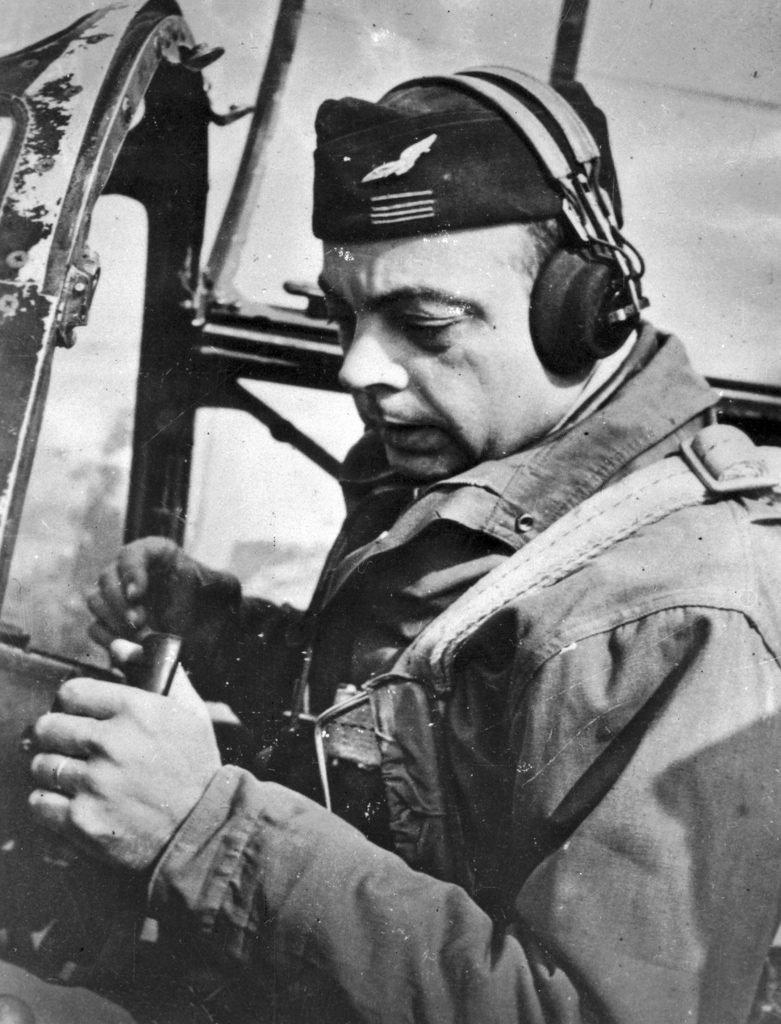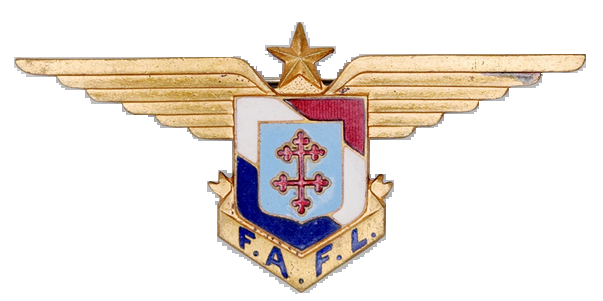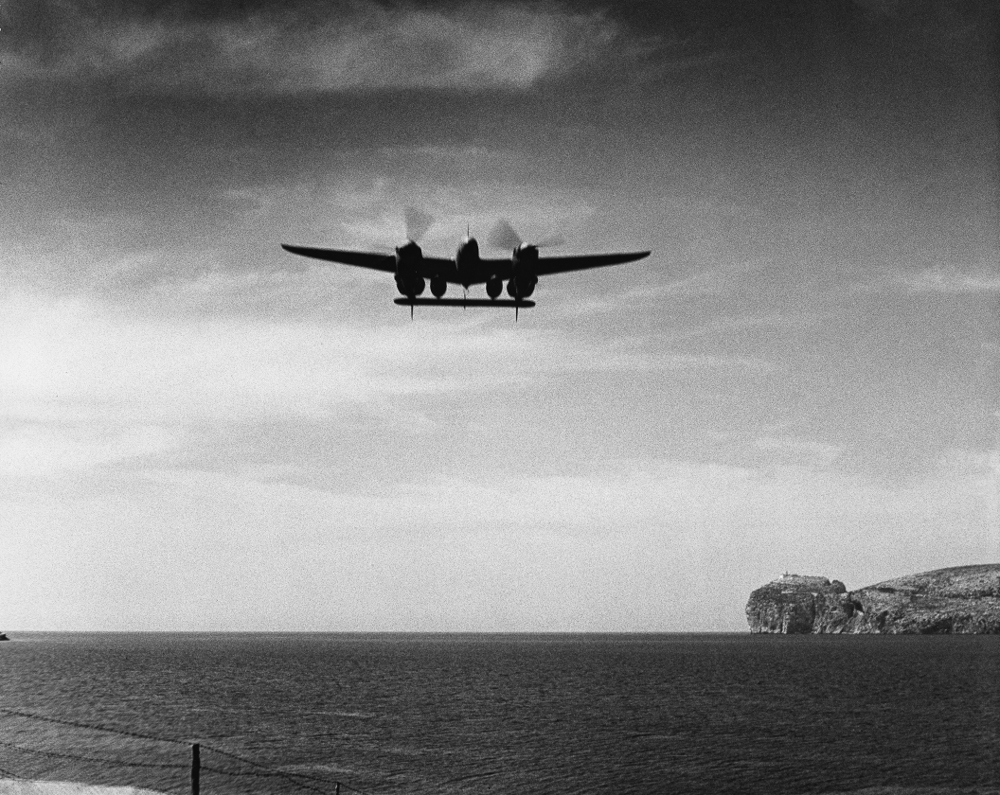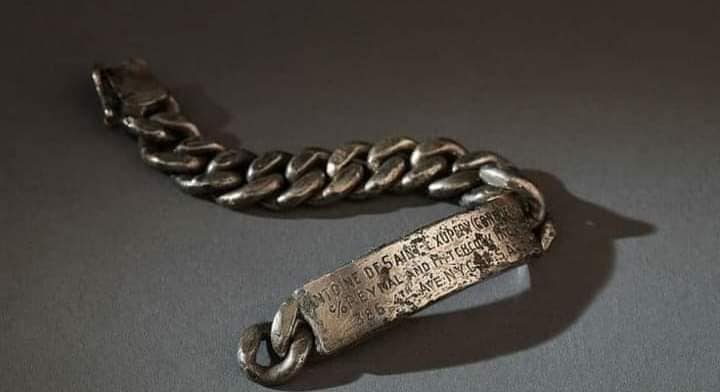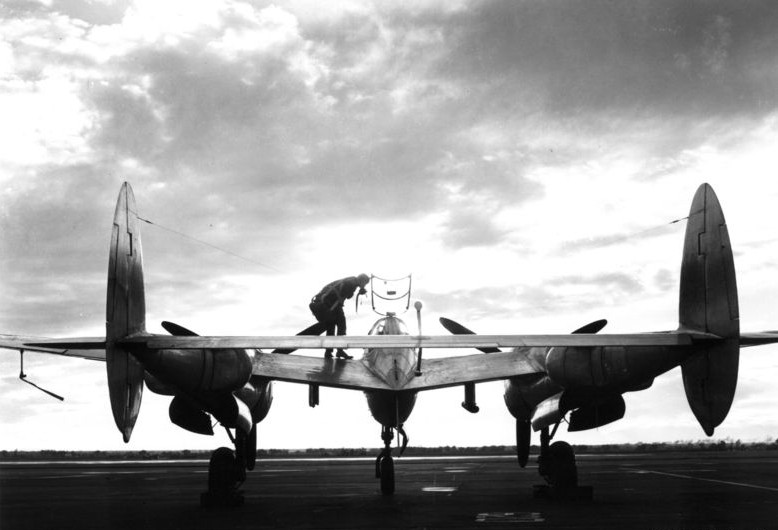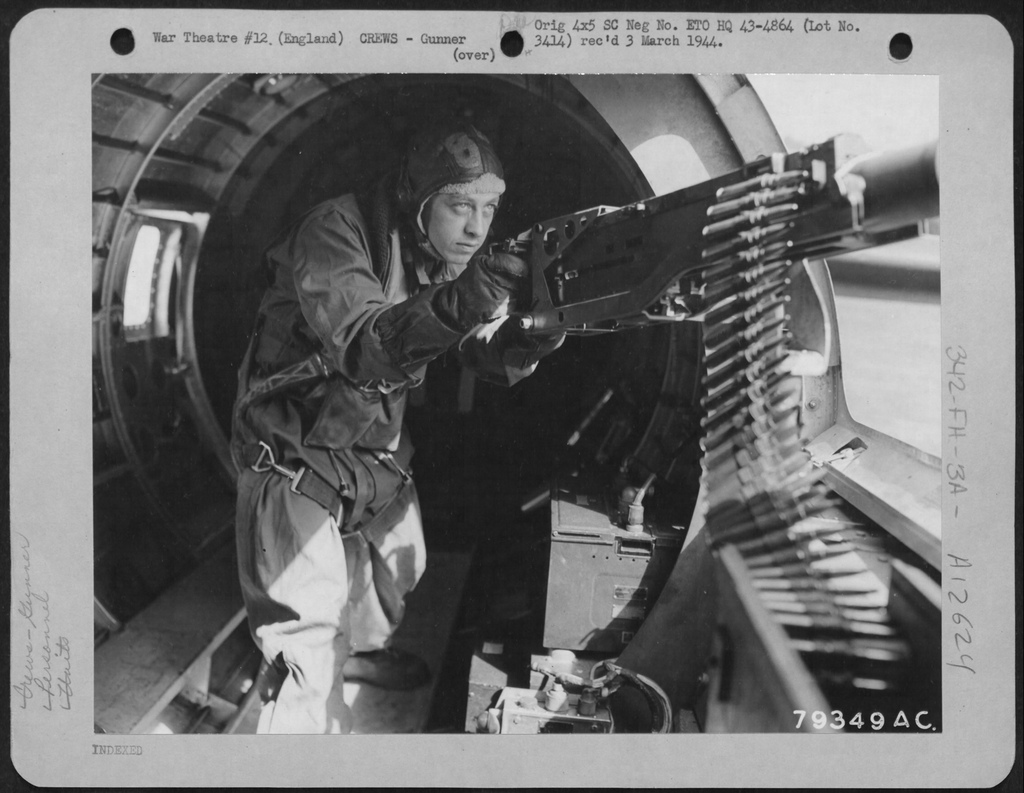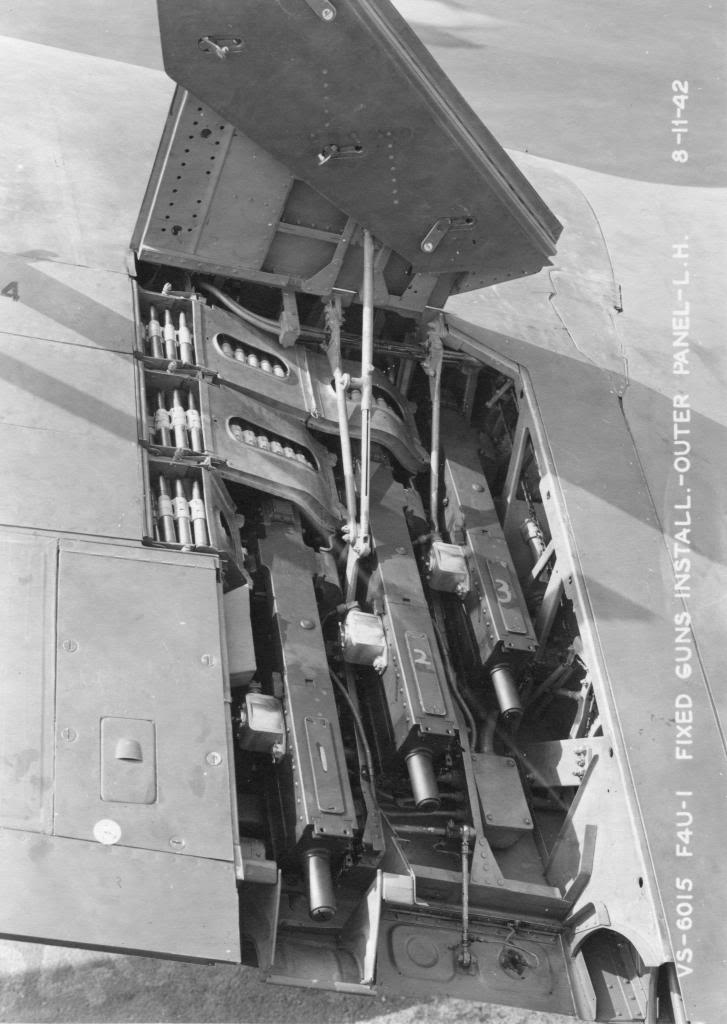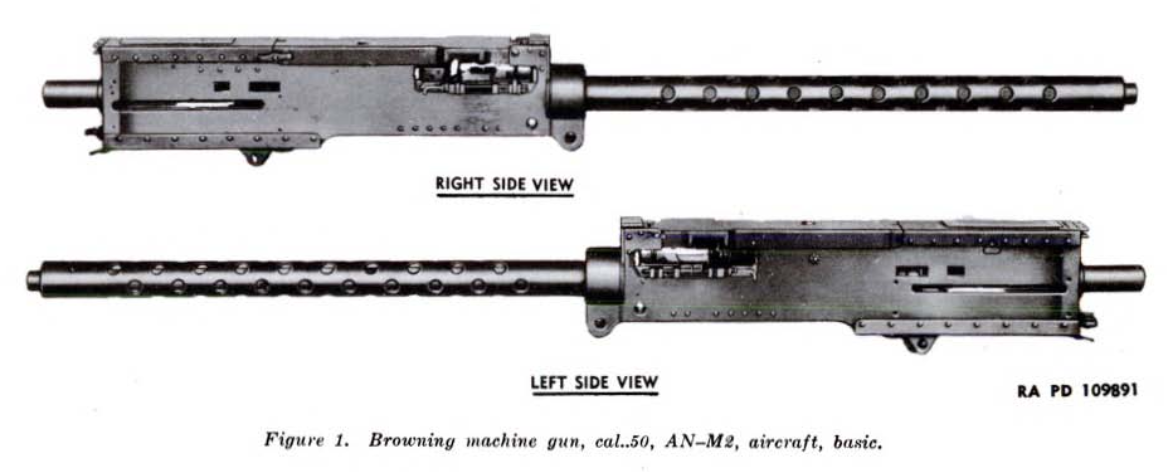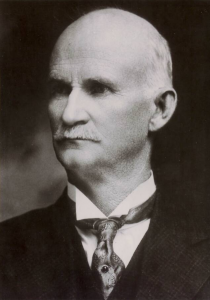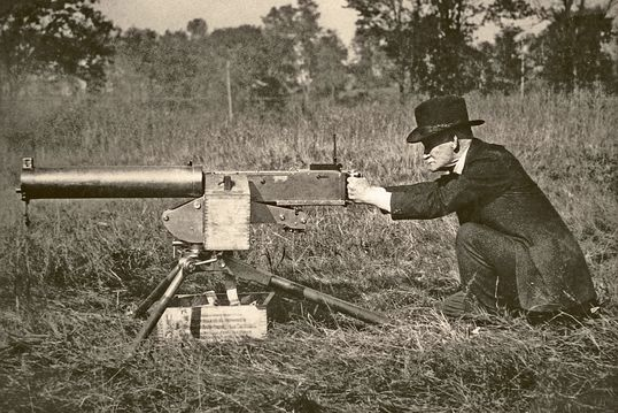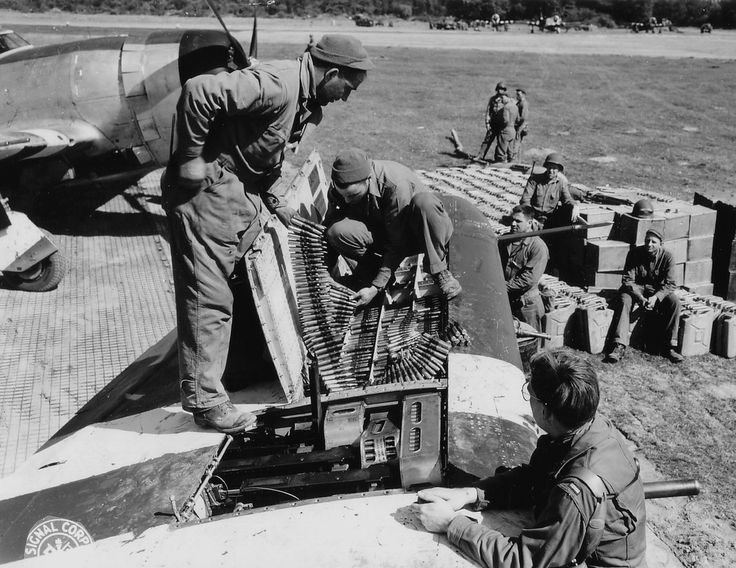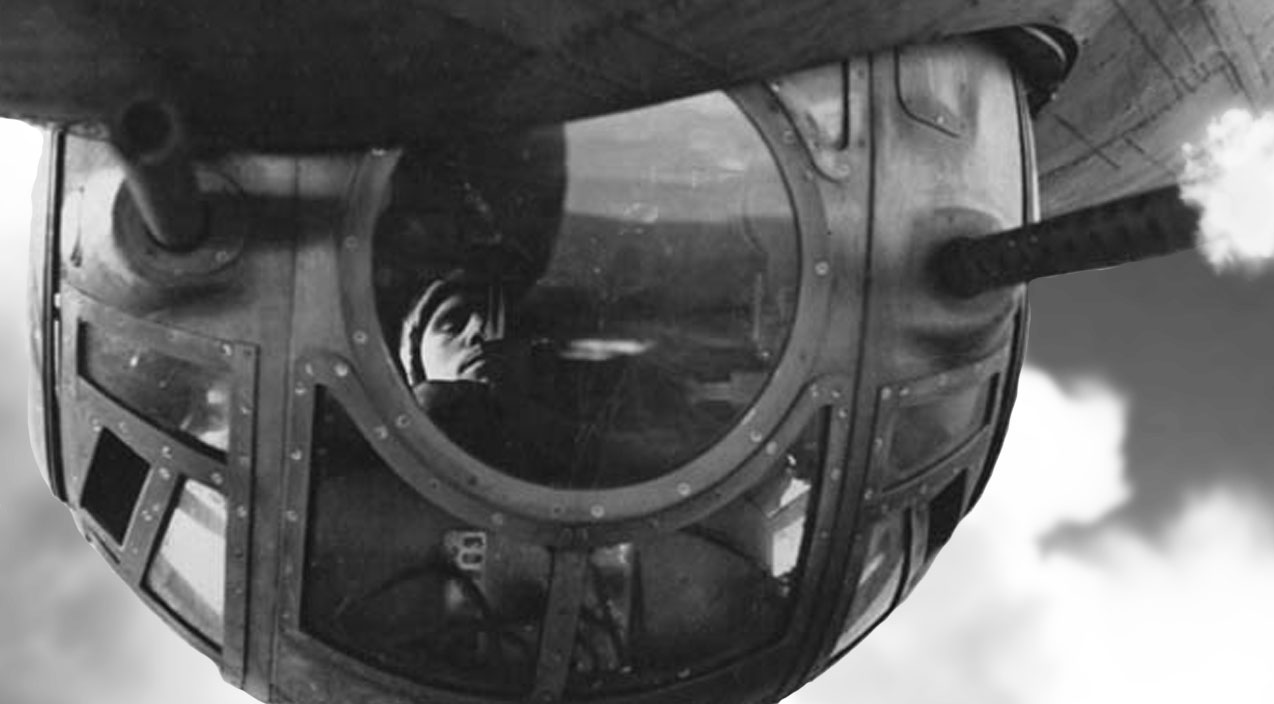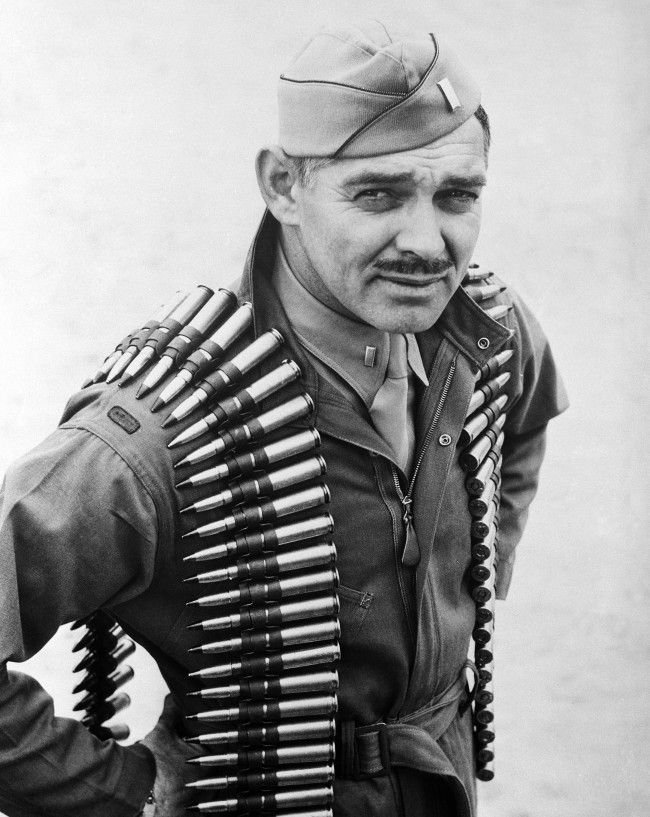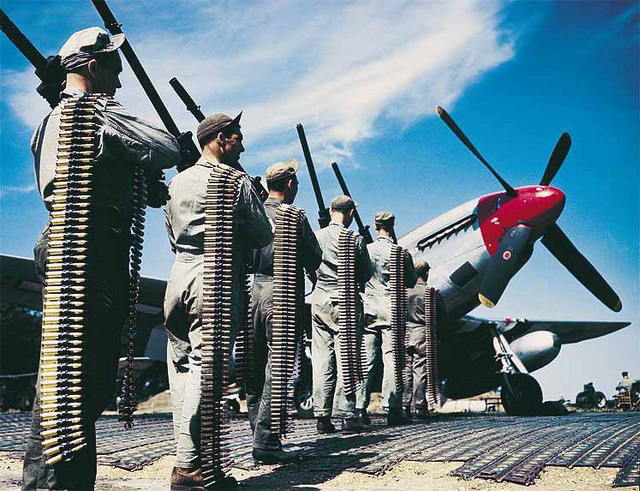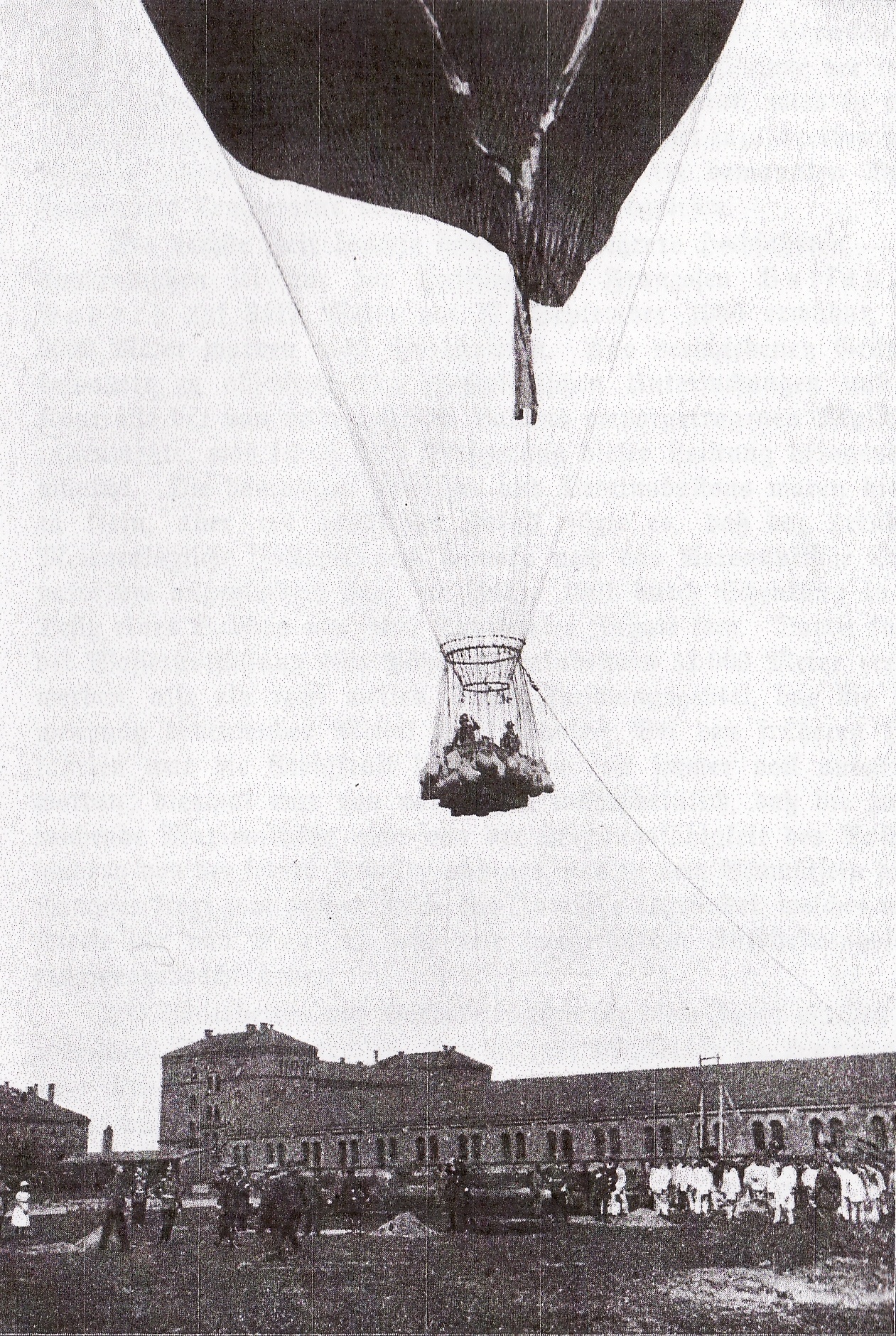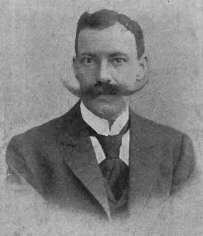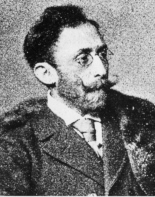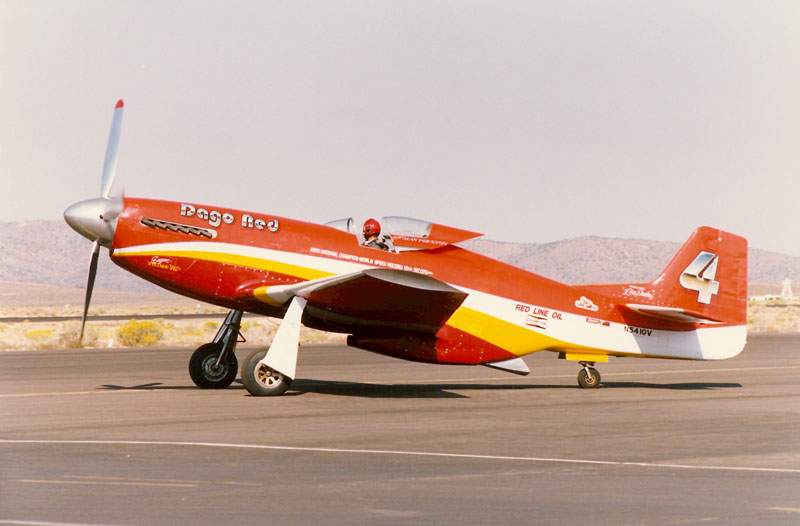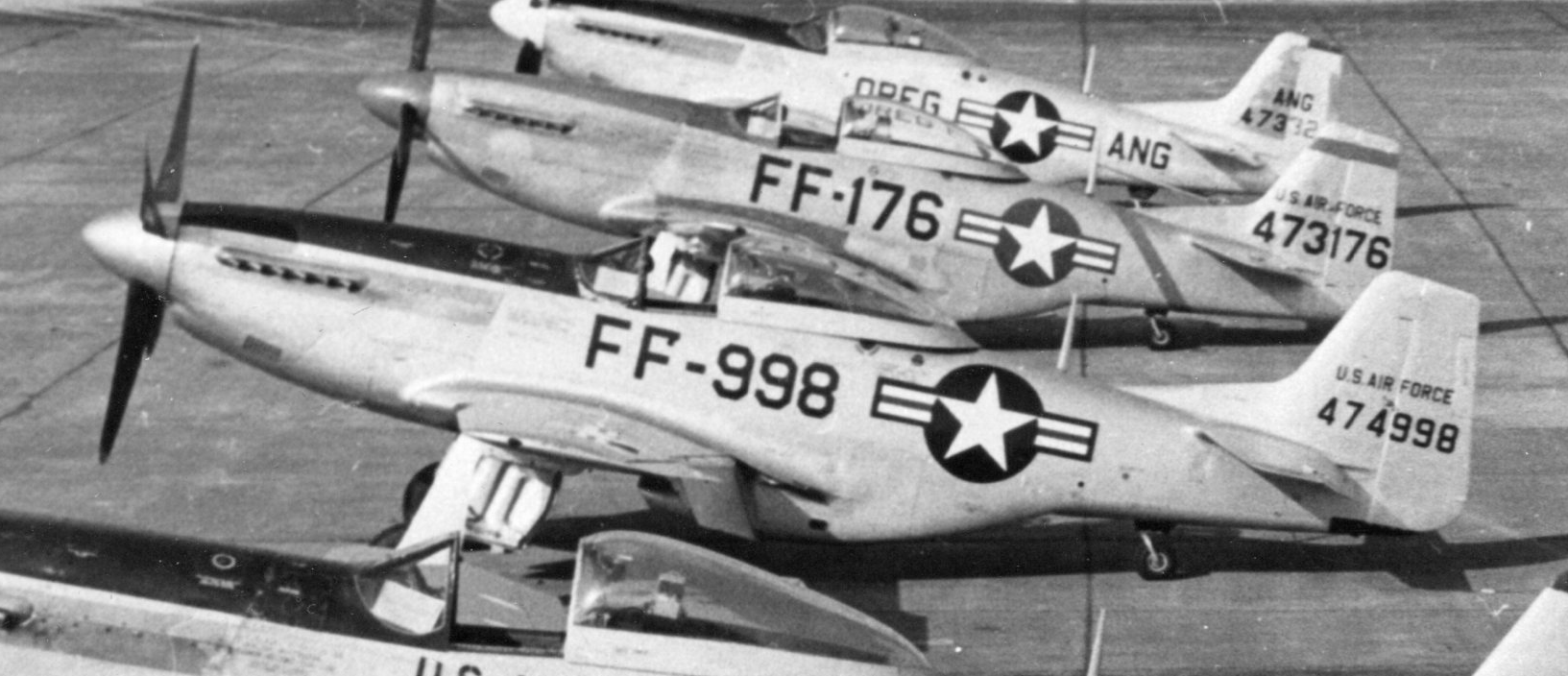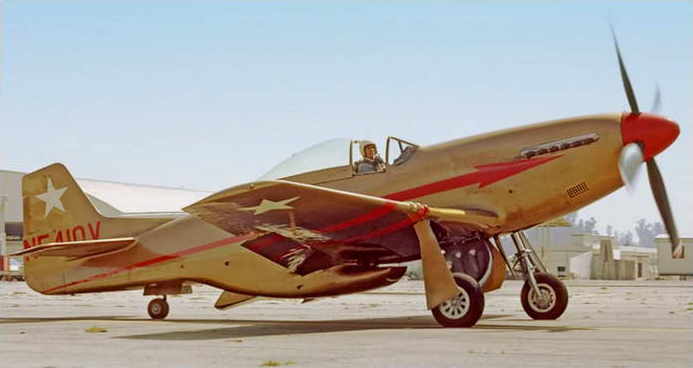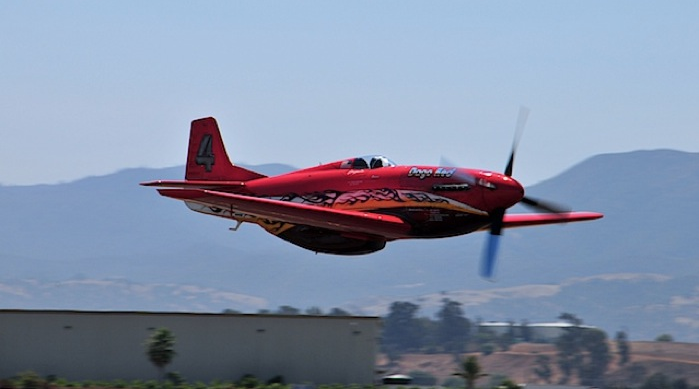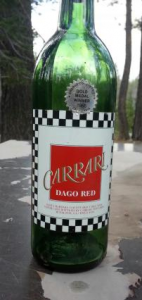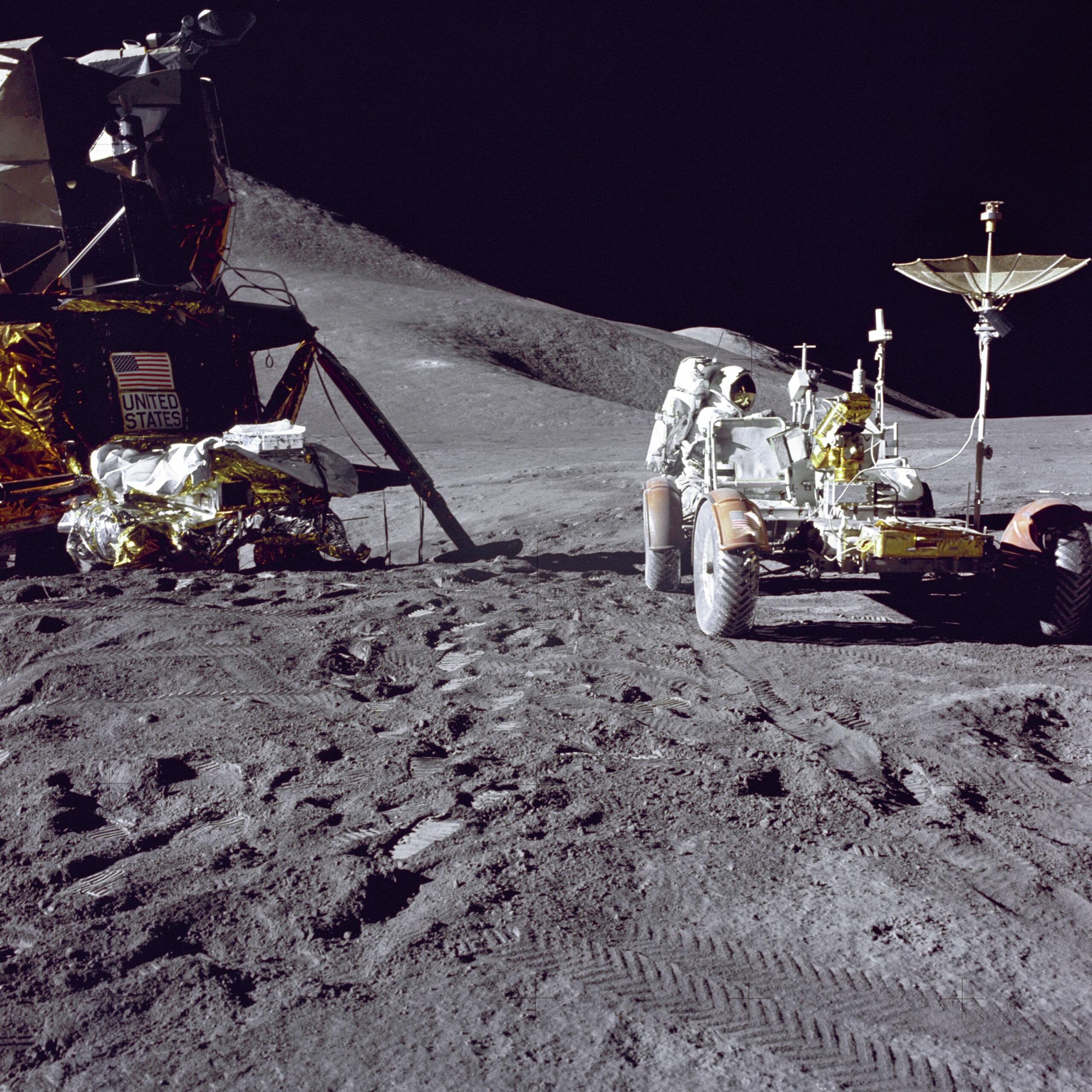
At 13:52:31 UTC, 31 July 1971, (T + 120:18:31) the Lunar Roving Vehicle was deployed from Apollo 15’s Lunar Module, Falcon. This was the first time that an LRV had been used on the surface of the moon.
The LRV was a four-wheeled, electrically-powered, surface transportation vehicle designed to carry two astronauts and their equipment to explore areas farther away from the landing site than they would be able to by walking.
The LRV was built by Boeing at Kent, Washington. prime contractor. The wheels, electric motors and suspension system were built by a General Motors subsidiary in Santa Barbara, California.
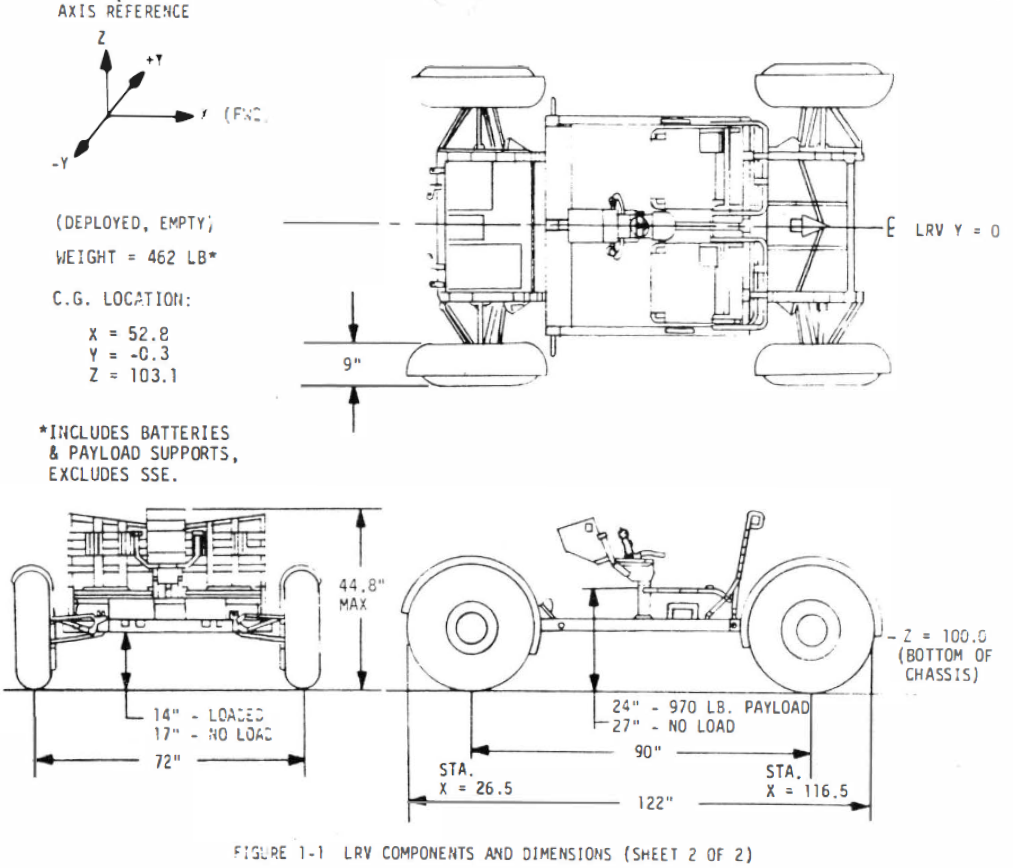
The lunar rover was constructed of welded aluminum tubing and hinged to allow folding to store aboard the lunar module. It had two folding seats for the astonauts. The four tires were ingeniously constructed of woven steel strands (0.083 cm). about 122 inches (3.10 meters) long. The wheelbase was 90 inches (2.29 meters) and the track was 72 inches (1.83 meters). It was 44.8 inches (1.14 meters) high.
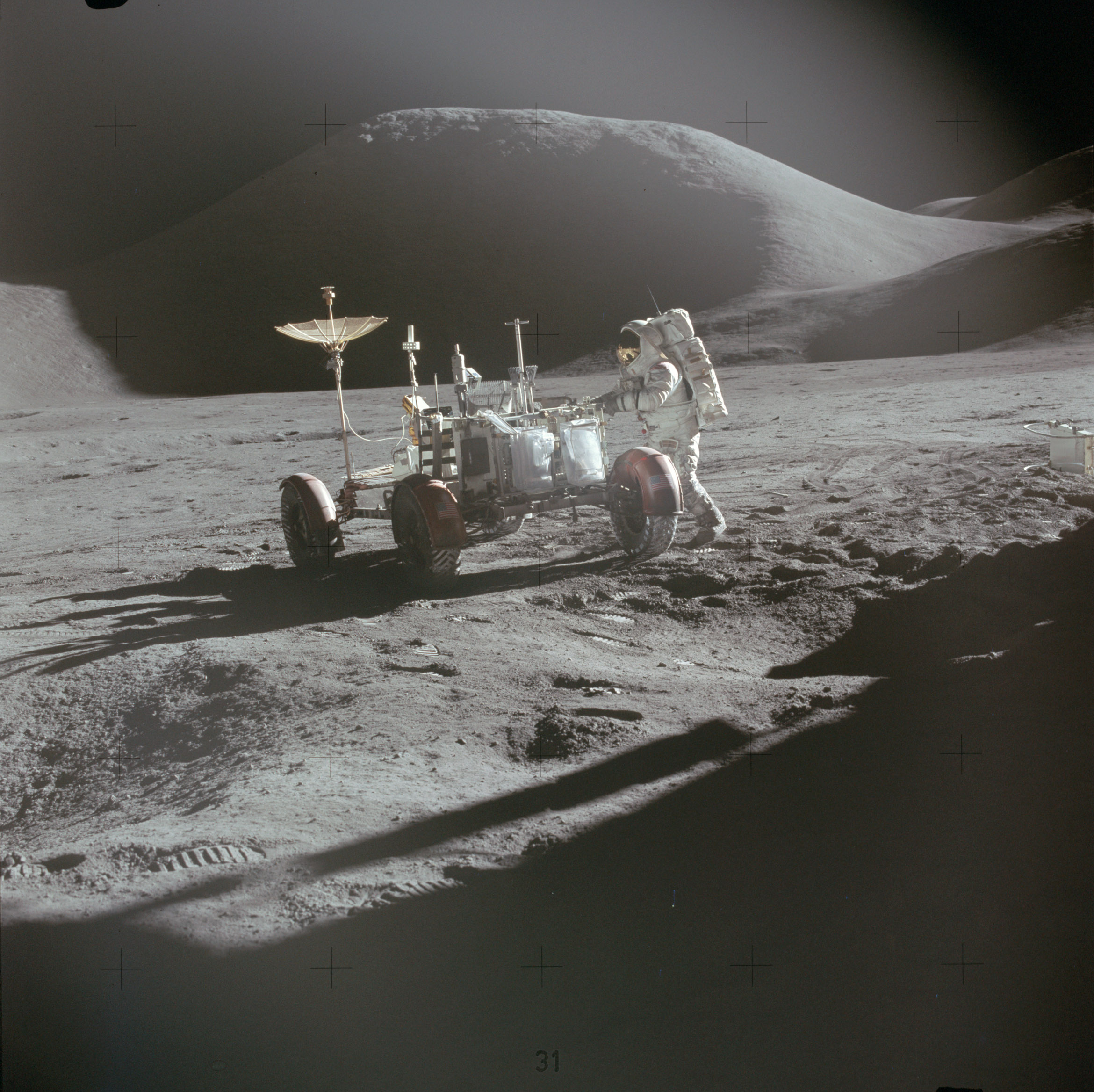
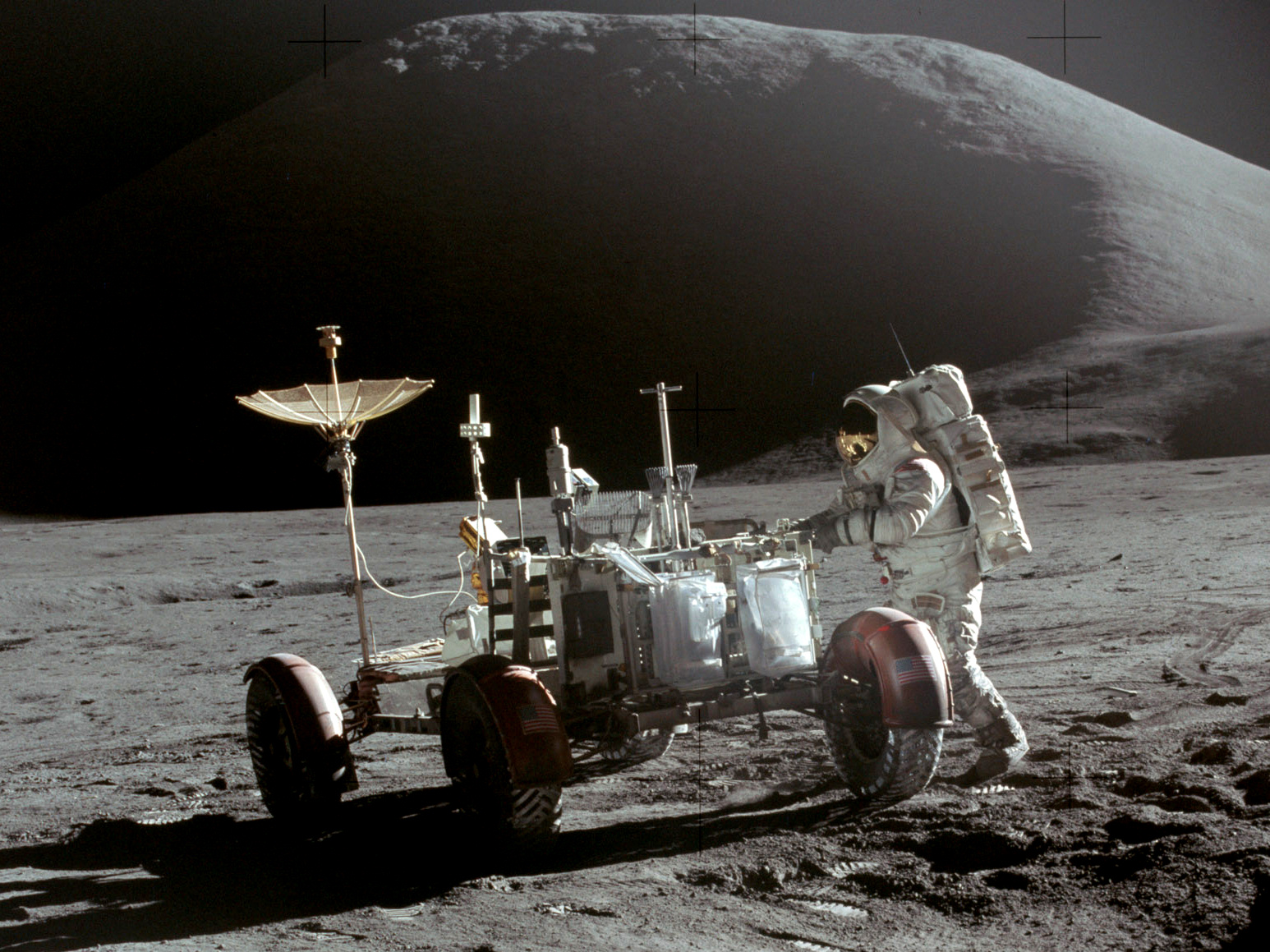
The mass of the empty LRV was 210 kilograms (463 pounds on Earth, but only about 77 pounds on the surface of the Moon), and it was capable of transporting a payload of 490 kilograms (about 81 “moon-pounds”).
The four tires were ingeniously constructed of woven steel strands (0.083 centimeters diameter). The tire was 81.8 centimeters (32.2 inches) in diameter, and 23 centimeters (9.1 inches) wide. The aluminum wheels were 80 centimeters (31.5 inches) in diameter and 24 centimeters (9.4 inches) wide. The tires’ traction was enhanced by “chevrons” made of titanium.
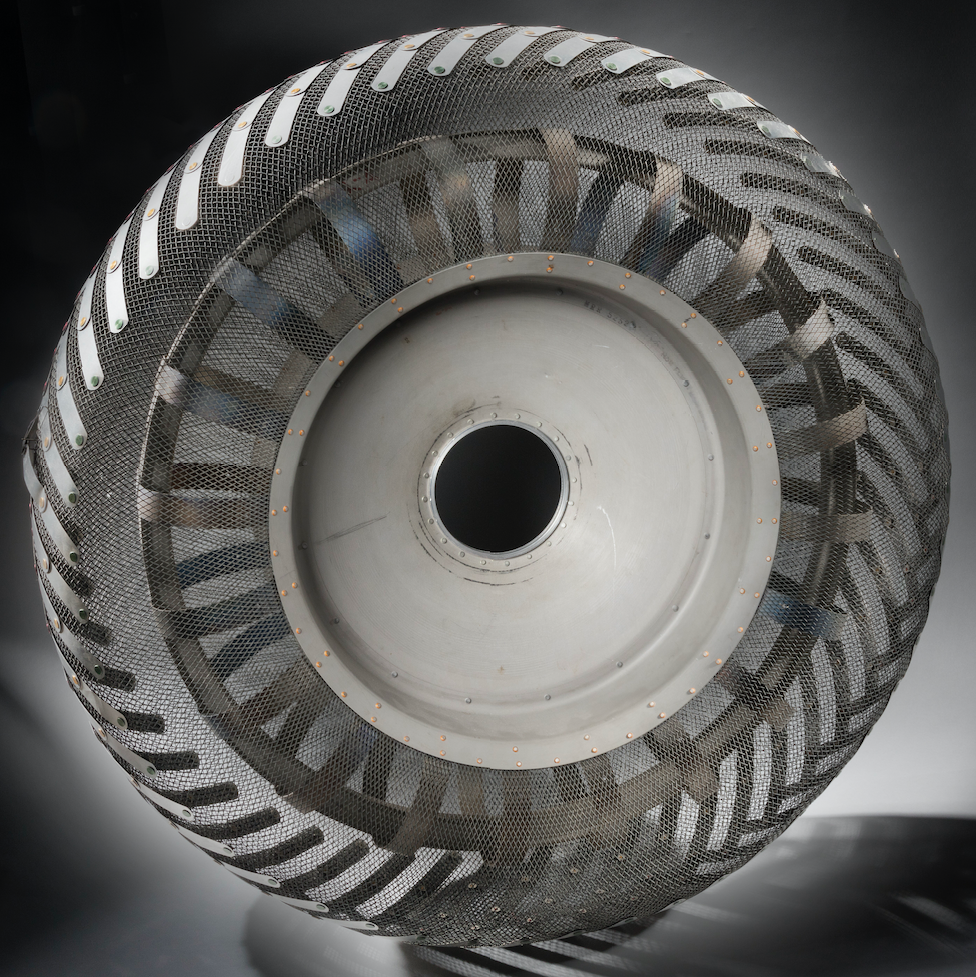
Each wheel was driven by a DC electric motor, capable of 0.25 horsepower at 10,000 r.p.m. There was a 80:1 speed reduction.
Electric power for the vehicle was provided by two 36-volt (+5/-3 volts) silver-zinc potassium hydroxide batteries with a total capacity of 121 amperes/hour. The batteries were not rechargeable.
The Apollo 15 landing crew made three excursions with the LRV, traveling a total distance of 27.8 kilometers (17.3 statute miles) in 3 hours, 26 minutes driving time. The maximum speed reached was 12 km/h (7.5 mph). NASA reported that “the longest single traverse was 12.5 km [7.8 miles] and the maximum range from the LM was 5.0 km. [3.1 miles]“
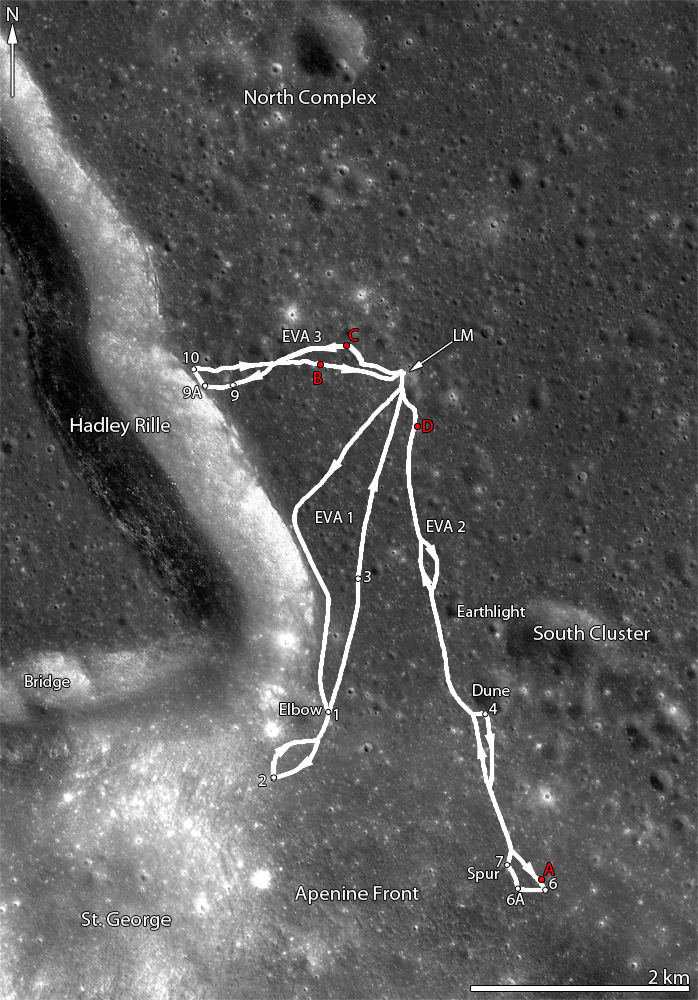
© 2018 Bryan R. Swopes
